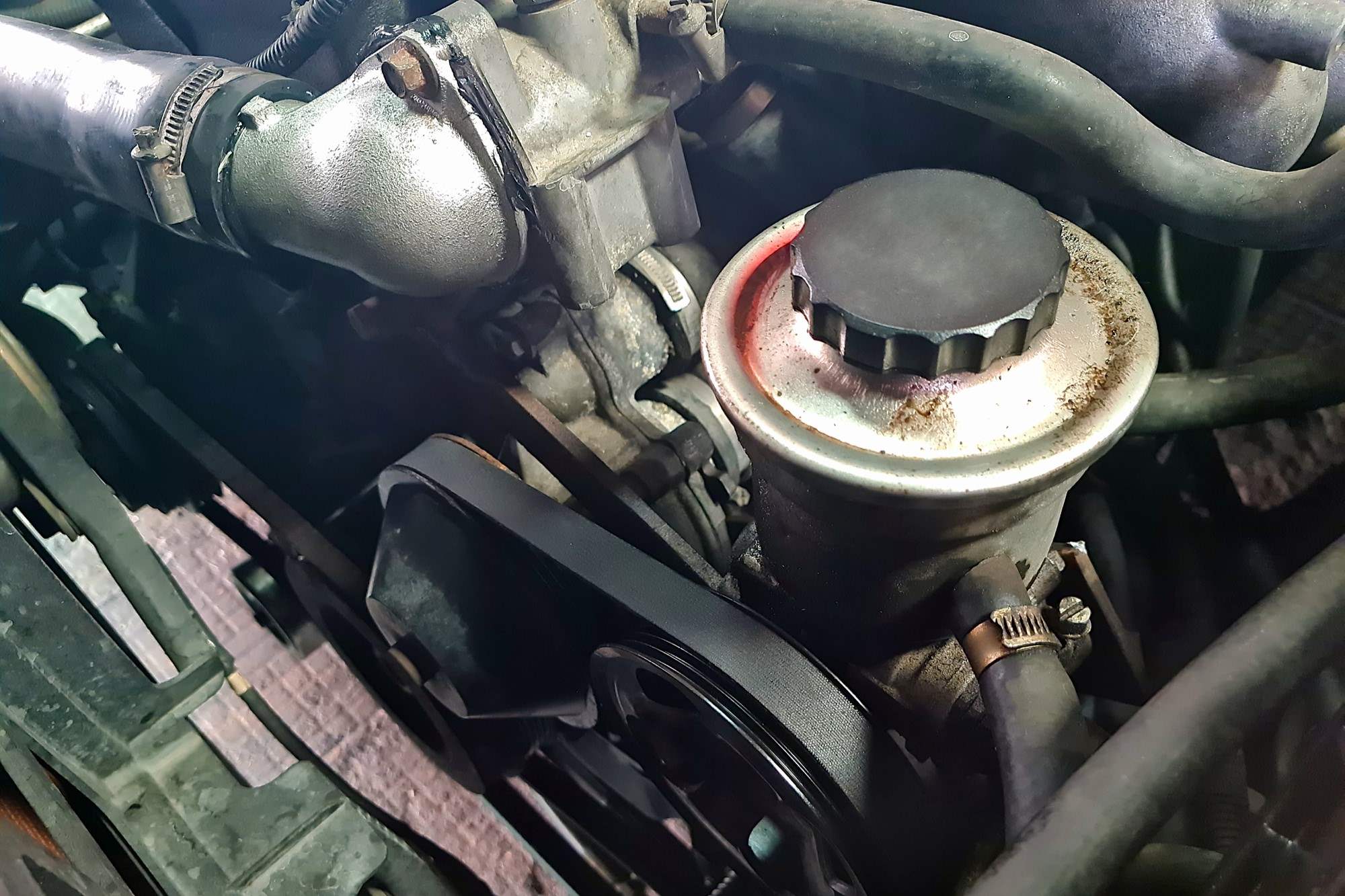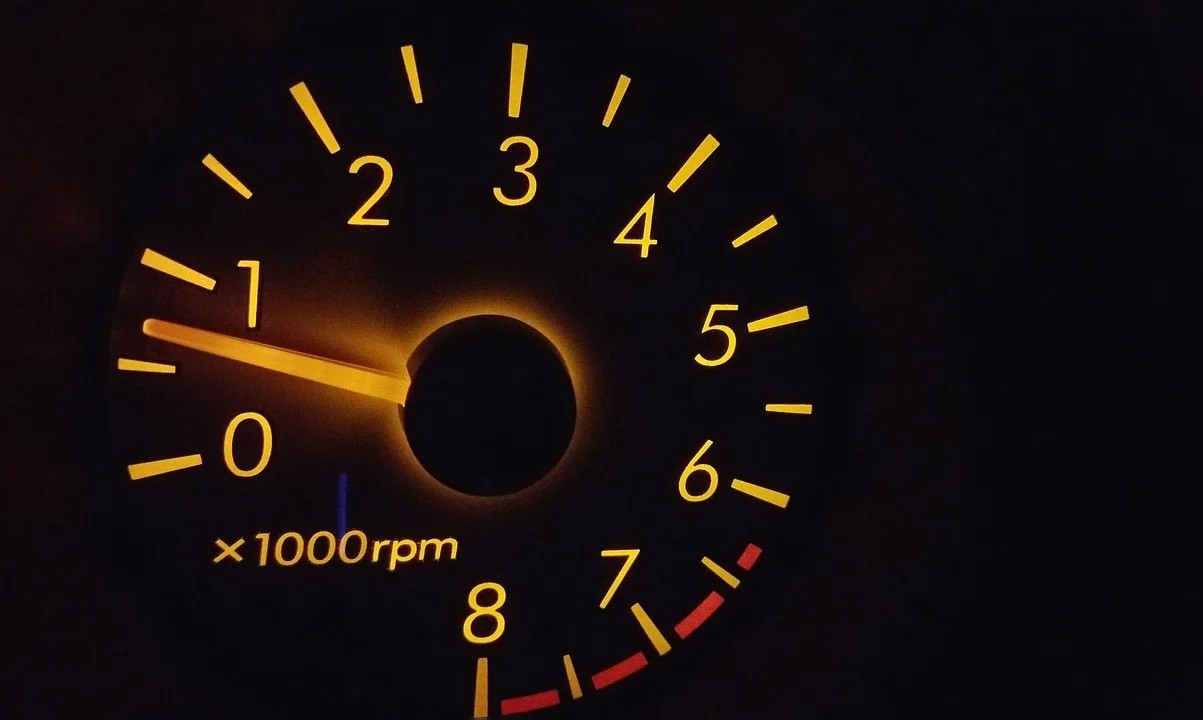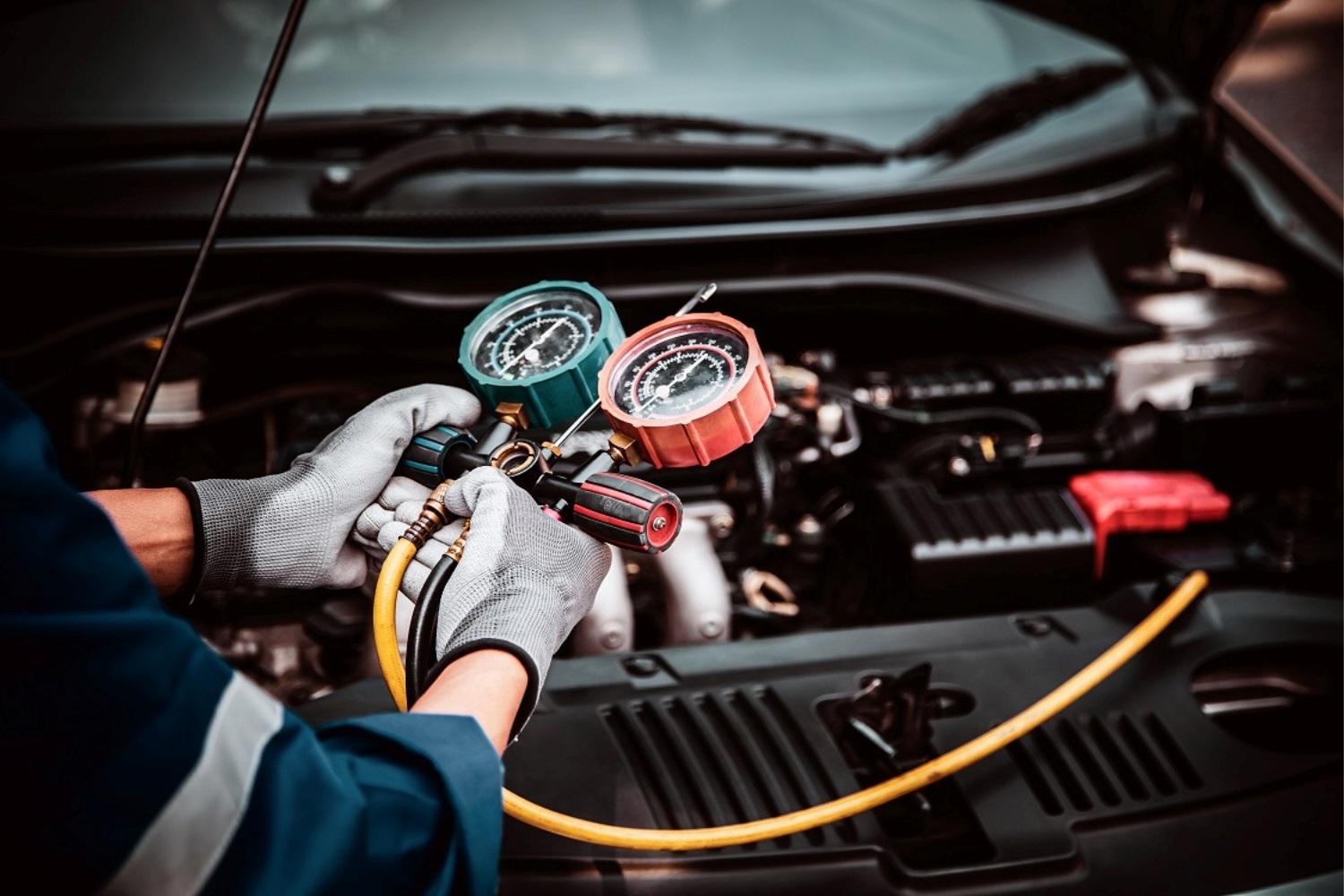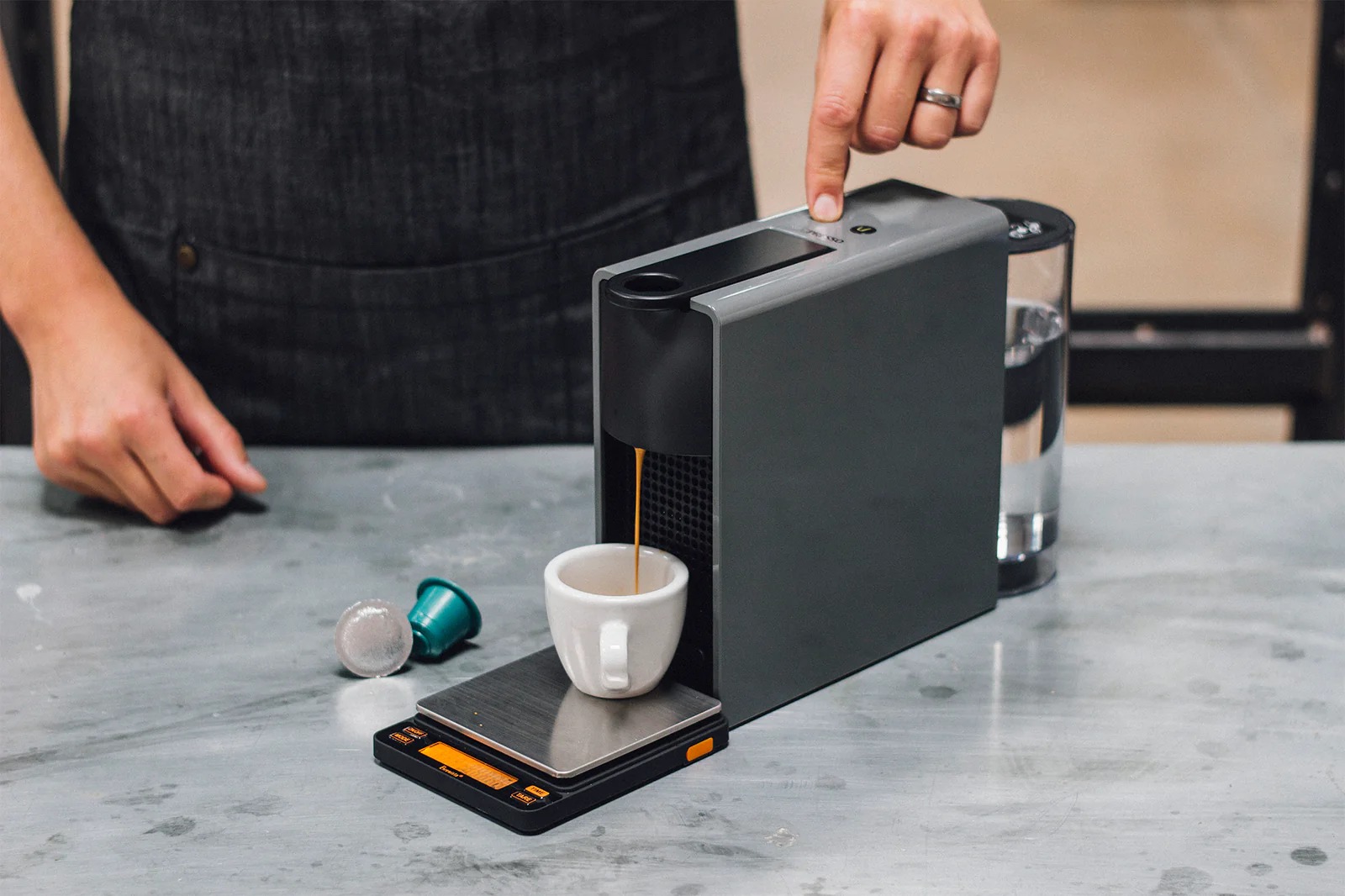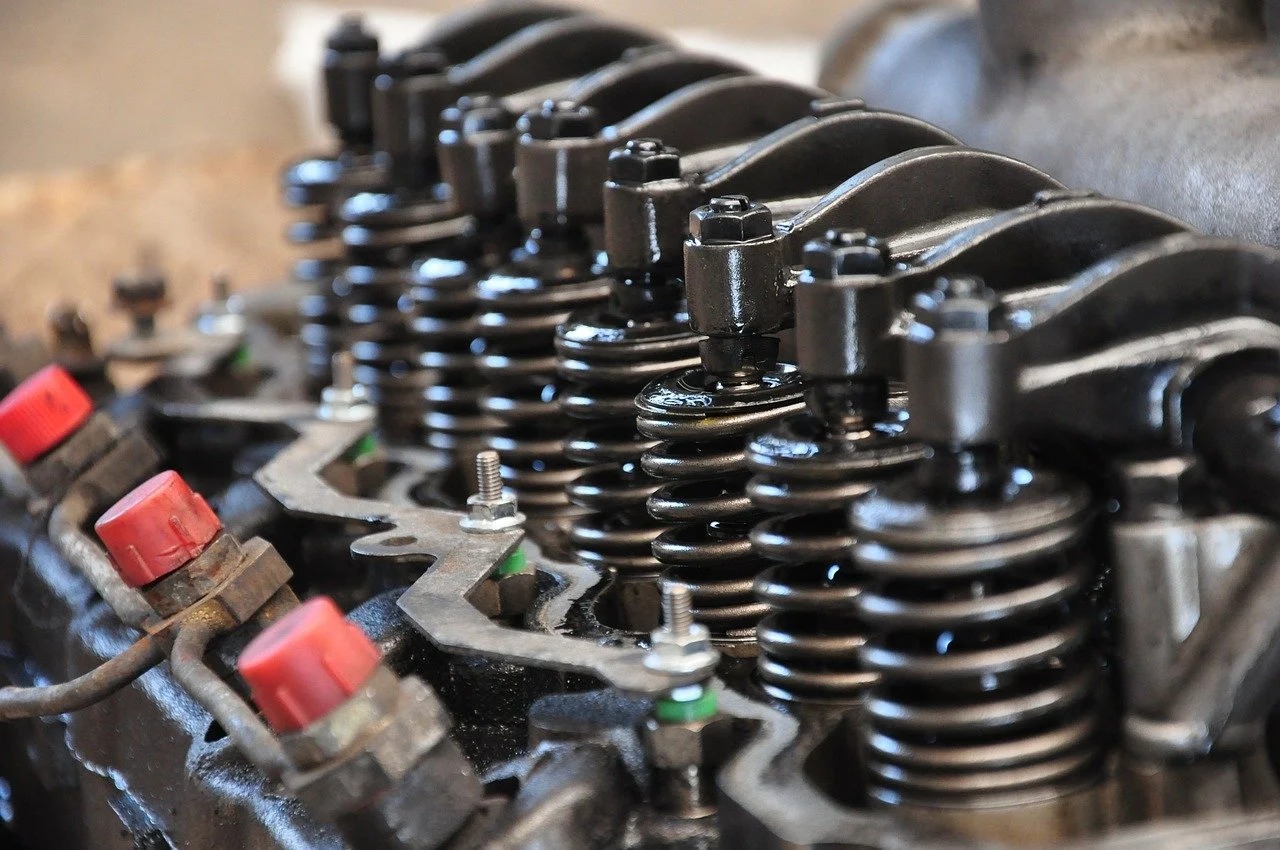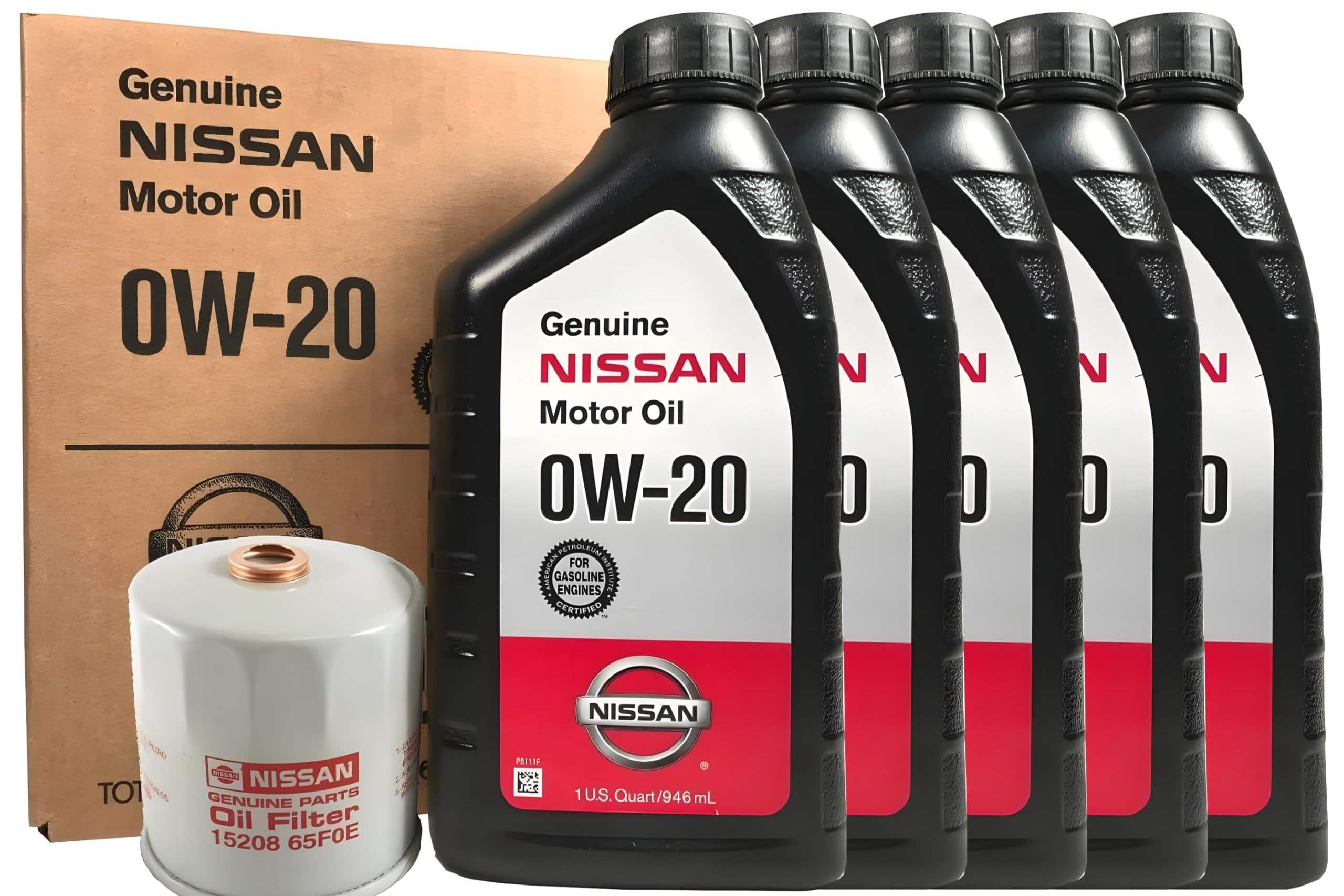Home>Automotive>The Surprising Reason Your Car’s RPM Fluctuates At Idle
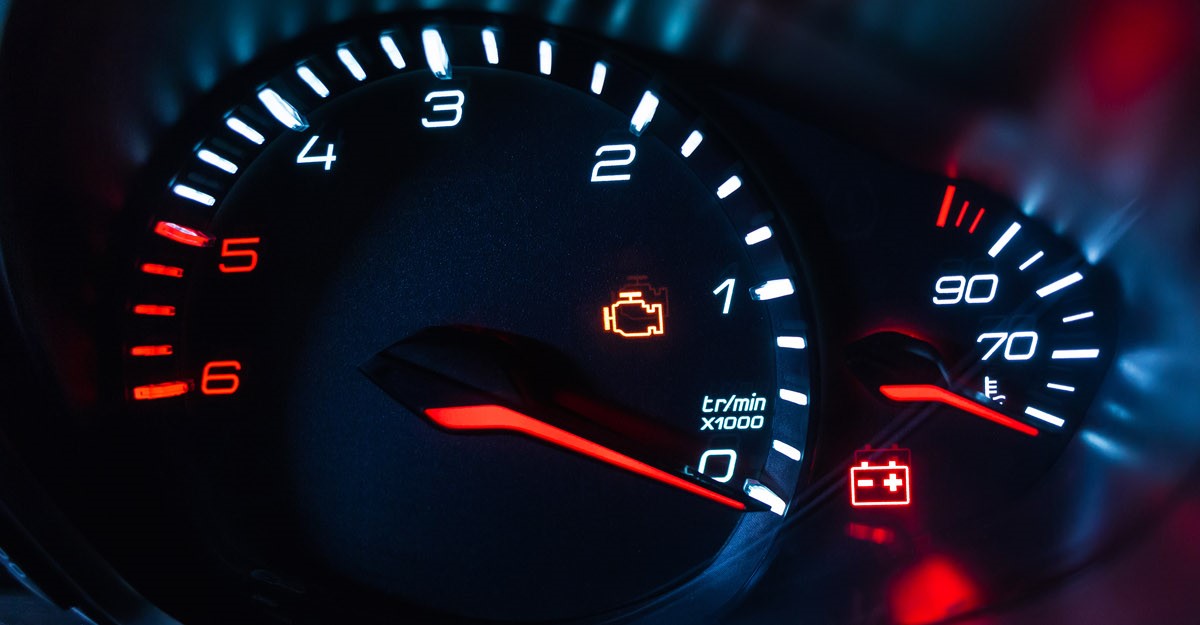

Automotive
The Surprising Reason Your Car’s RPM Fluctuates At Idle
Published: February 13, 2024
Discover the surprising cause behind your car's RPM fluctuations at idle. Get expert automotive insights and solutions to keep your vehicle running smoothly.
(Many of the links in this article redirect to a specific reviewed product. Your purchase of these products through affiliate links helps to generate commission for Noodls.com, at no extra cost. Learn more)
Table of Contents
Introduction
Have you ever noticed your car's engine speed fluctuating when you're idling at a stoplight or in a parking lot? It's a common occurrence that can be quite perplexing for many drivers. The RPM, or revolutions per minute, is a crucial indicator of your engine's performance, and when it fluctuates unexpectedly at idle, it can be a cause for concern. Understanding the reasons behind this phenomenon can provide valuable insights into your vehicle's health and performance.
In this article, we'll delve into the surprising reasons behind your car's RPM fluctuation at idle. By exploring the intricacies of RPM and idle engine operation, we'll uncover the common causes of this fluctuation and shed light on the role of the idle air control valve in maintaining engine stability. Furthermore, we'll discuss practical steps to address RPM fluctuation, empowering you to take proactive measures to ensure your car runs smoothly and efficiently.
So, buckle up and get ready to unravel the mysteries of your car's engine behavior at idle. Let's embark on a journey to demystify the surprising reasons behind RPM fluctuation and equip you with the knowledge to keep your vehicle running like a well-oiled machine.
Understanding RPM and Idle
At the heart of every vehicle's operation lies the concept of RPM, or revolutions per minute. This metric represents the number of complete rotations the engine's crankshaft makes in a minute and serves as a fundamental indicator of the engine's performance. When a car is idling, it means the engine is running without any applied throttle, typically while the vehicle is stationary. During this phase, the engine's RPM should remain relatively stable, ensuring smooth and consistent operation.
The idle RPM setting is predetermined by the manufacturer and is designed to maintain a balance between engine stability and fuel efficiency. In most cases, the idle RPM falls within a specific range, typically between 600 to 1000 RPM, depending on the vehicle's make and model. This range allows the engine to operate smoothly while powering essential components such as the alternator, power steering pump, and air conditioning system.
Understanding the significance of idle RPM is crucial, as it serves as a barometer for the engine's health and performance. An excessively high or low idle RPM can indicate underlying issues that require attention. High idle RPM may lead to increased fuel consumption and unnecessary strain on engine components, while low idle RPM can result in engine stalling and erratic behavior.
Moreover, the idle RPM directly impacts the vehicle's drivability, affecting the smoothness of acceleration, deceleration, and overall engine responsiveness. Therefore, monitoring and understanding the nuances of RPM at idle is essential for maintaining optimal vehicle performance and ensuring a seamless driving experience.
By comprehending the intricate relationship between RPM and idle operation, drivers can gain valuable insights into their vehicle's condition and promptly address any irregularities that may arise. This understanding forms the foundation for diagnosing and resolving issues related to RPM fluctuation, ultimately contributing to the longevity and efficiency of the vehicle's engine.
Common Causes of RPM Fluctuation
RPM fluctuation at idle can stem from various underlying factors, each capable of disrupting the engine's smooth operation. Understanding these common causes is pivotal in diagnosing and addressing issues related to RPM instability. Here are the prevalent culprits behind RPM fluctuation:
-
Vacuum Leaks: A vacuum leak in the engine's intake system can lead to erratic RPM behavior. When unmetered air enters the system, it disrupts the air-fuel mixture, causing the engine to fluctuate in speed. Common sources of vacuum leaks include deteriorated hoses, gaskets, or intake manifold components.
-
Faulty or Dirty Mass Airflow Sensor (MAF): The MAF sensor measures the amount of air entering the engine and plays a crucial role in determining the air-fuel ratio. If the MAF sensor malfunctions or becomes contaminated with debris, it can inaccurately relay information to the engine control unit, resulting in RPM fluctuations.
-
Idle Air Control Valve (IACV) Issues: The IACV regulates the engine's idle speed by controlling the amount of air entering the intake manifold. When the IACV malfunctions or becomes clogged with carbon deposits, it can disrupt the engine's idle stability, leading to RPM fluctuations.
-
Throttle Body Malfunction: A malfunctioning throttle body, particularly in electronic throttle control systems, can cause irregular idle RPM. Issues such as carbon buildup, faulty sensors, or motor malfunctions can impede the throttle body's ability to maintain consistent idle speed.
-
Faulty Oxygen Sensor: The oxygen sensor monitors the oxygen levels in the exhaust gases and provides feedback to the engine control unit for adjusting the air-fuel mixture. A malfunctioning oxygen sensor can lead to an imbalanced air-fuel ratio, resulting in erratic RPM behavior.
-
Engine Misfires: Misfires, which occur when the air-fuel mixture fails to ignite properly in one or more cylinders, can cause RPM fluctuations at idle. Common causes of misfires include faulty spark plugs, ignition coils, or fuel delivery issues.
-
Fuel System Irregularities: Issues within the fuel system, such as a clogged fuel filter, failing fuel pump, or fuel pressure regulator problems, can disrupt the engine's fuel delivery, leading to unstable idle RPM.
Identifying these common causes of RPM fluctuation empowers vehicle owners to address underlying issues promptly, ensuring optimal engine performance and drivability. By recognizing the symptoms associated with these factors, drivers can take proactive measures to diagnose and resolve RPM instability, ultimately contributing to the longevity and efficiency of their vehicles.
The Role of the Idle Air Control Valve
The idle air control valve (IACV) plays a pivotal role in regulating the engine's idle speed by controlling the amount of air that enters the intake manifold. This component serves as a sophisticated air bypass system, allowing the engine to maintain a consistent RPM when the throttle is closed. By adjusting the airflow during idle conditions, the IACV ensures that the engine remains stable and responsive, contributing to smooth operation and efficient fuel consumption.
In modern vehicles, the IACV is typically controlled by the engine control module (ECM) or powertrain control module (PCM), which receives input from various sensors to determine the optimal idle speed for the engine. When the vehicle comes to a stop or the driver releases the accelerator pedal, the ECM/PCM signals the IACV to adjust the airflow, compensating for the reduced intake of air due to the closed throttle. This precise regulation of airflow prevents the engine from stalling and maintains a consistent idle RPM, allowing the vehicle to transition seamlessly between driving and stationary conditions.
The IACV operates by utilizing a stepper motor or solenoid to modulate the airflow, effectively bypassing the throttle plate to control the engine's speed. This dynamic functionality is essential for accommodating additional loads on the engine, such as air conditioning or power steering, while ensuring that the idle RPM remains within the manufacturer's specified range. By continuously adapting to changing conditions, the IACV optimizes engine performance and responsiveness, enhancing the overall driving experience for vehicle occupants.
Over time, the idle air control valve may become susceptible to carbon buildup or mechanical wear, leading to diminished performance and potential malfunctions. Carbon deposits can restrict the valve's movement or obstruct airflow, resulting in erratic idle RPM and engine instability. Additionally, electrical or mechanical failures within the IACV can disrupt its ability to regulate airflow, leading to fluctuating idle speed and drivability issues.
Understanding the critical role of the idle air control valve empowers vehicle owners to recognize the significance of this component in maintaining engine stability. By monitoring the IACV's functionality and addressing any potential issues proactively, drivers can ensure that their vehicles operate optimally, with consistent idle RPM and smooth transitions between driving and idle conditions. The proper maintenance and periodic inspection of the idle air control valve are essential for preserving engine performance and mitigating the risk of RPM fluctuation at idle.
How to Address RPM Fluctuation
Addressing RPM fluctuation at idle requires a systematic approach to diagnose and resolve underlying issues effectively. By implementing the following steps, vehicle owners can mitigate the impact of RPM instability and restore optimal engine performance:
-
Diagnostic Scan: Conduct a comprehensive diagnostic scan using an OBD-II scanner to retrieve any stored trouble codes related to the engine's performance. These codes can provide valuable insights into potential issues affecting the idle RPM, such as sensor malfunctions, misfires, or air-fuel mixture irregularities.
-
Inspect for Vacuum Leaks: Thoroughly inspect the engine's intake system for potential vacuum leaks, including deteriorated hoses, gaskets, or intake manifold components. Addressing vacuum leaks can restore the proper air-fuel mixture and stabilize the engine's idle RPM.
-
Clean or Replace MAF Sensor: If the diagnostic scan indicates MAF sensor-related issues, consider cleaning or replacing the sensor to ensure accurate airflow measurements. A clean MAF sensor can contribute to consistent idle RPM and improved engine performance.
-
Check Idle Air Control Valve (IACV): Inspect the IACV for carbon buildup or mechanical malfunctions. Cleaning or replacing the IACV can restore its functionality, allowing for precise control of airflow during idle conditions.
-
Throttle Body Maintenance: If equipped with an electronic throttle control system, perform maintenance on the throttle body to address potential issues such as carbon buildup or sensor malfunctions. A well-maintained throttle body can contribute to stable idle RPM and enhanced throttle response.
-
Oxygen Sensor Inspection: Verify the functionality of the oxygen sensor and replace it if necessary. A properly functioning oxygen sensor is crucial for maintaining the optimal air-fuel ratio, which directly impacts the engine's idle stability.
-
Address Engine Misfires: If misfires are detected, inspect and replace faulty spark plugs, ignition coils, or address fuel delivery issues. Resolving misfires can significantly improve idle RPM and overall engine performance.
-
Fuel System Evaluation: Evaluate the fuel system for irregularities, including a clogged fuel filter, failing fuel pump, or fuel pressure regulator problems. Addressing these issues can restore consistent fuel delivery and stabilize the engine's idle RPM.
By systematically addressing these potential factors contributing to RPM fluctuation, vehicle owners can effectively restore their engine's stability and optimize idle RPM. Regular maintenance and proactive diagnostics play a crucial role in preserving engine performance and ensuring a smooth driving experience.
Conclusion
In conclusion, the surprising reasons behind your car's RPM fluctuation at idle are multifaceted and can stem from various underlying factors. Understanding the intricacies of RPM and idle engine operation is crucial for maintaining optimal vehicle performance and addressing any irregularities that may arise. By recognizing the common causes of RPM fluctuation, such as vacuum leaks, MAF sensor issues, idle air control valve malfunctions, throttle body irregularities, faulty oxygen sensors, engine misfires, and fuel system problems, drivers can proactively diagnose and resolve issues related to RPM instability.
The role of the idle air control valve (IACV) in regulating the engine's idle speed is pivotal, as it ensures consistent RPM by controlling the amount of air entering the intake manifold. Monitoring the functionality of the IACV and addressing potential issues proactively are essential for maintaining engine stability and optimizing idle RPM.
Addressing RPM fluctuation at idle requires a systematic approach, including diagnostic scans, inspection for vacuum leaks, cleaning or replacing the MAF sensor, checking the IACV, performing throttle body maintenance, inspecting the oxygen sensor, addressing engine misfires, and evaluating the fuel system. By systematically addressing these potential factors contributing to RPM fluctuation, vehicle owners can effectively restore their engine's stability and optimize idle RPM.
In essence, maintaining a proactive approach to vehicle maintenance and promptly addressing any irregularities related to RPM fluctuation at idle is paramount for preserving engine performance and ensuring a smooth driving experience. By gaining insights into the surprising reasons behind RPM fluctuation and taking proactive measures to address these issues, drivers can enhance the longevity, efficiency, and drivability of their vehicles, ultimately contributing to a safer and more enjoyable driving experience for all.



